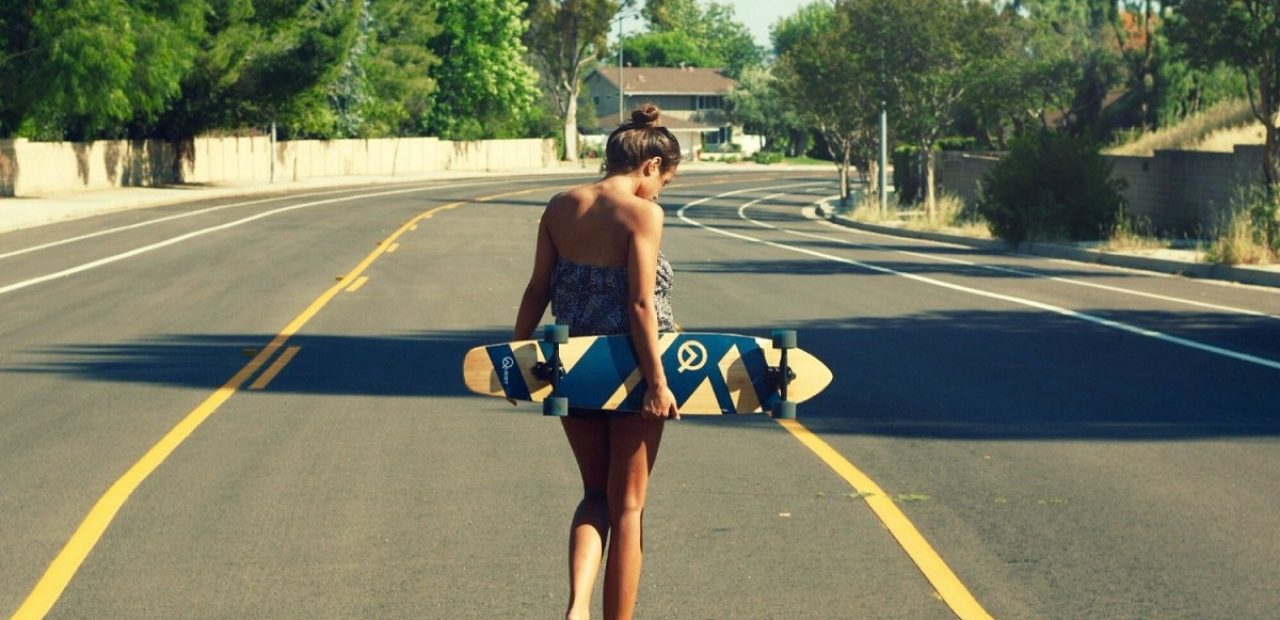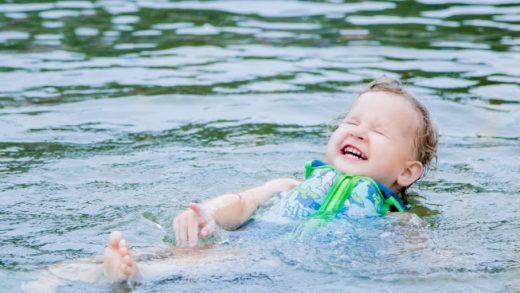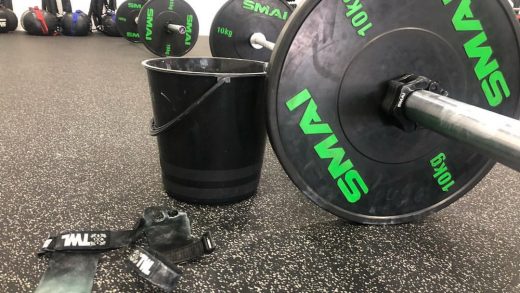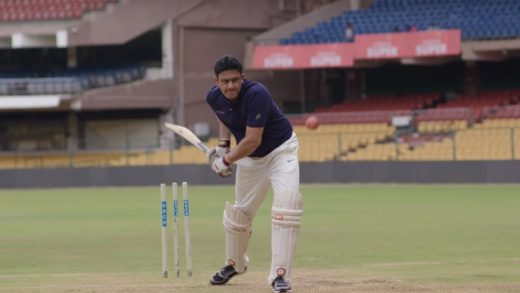How to Choose a Cruiser Skateboard: Take a Smooth Ride Down the City Streets
Choosing the right skateboard can be a challenge when so many different options are available. Whether you’re a beginner or you’ve been riding for years, finding the right cruser is important for your overall experience. When choosing a board, the first thing to do is to list what you’re looking for. If you want a board that’s good for cruising around the neighbourhood, you’ve come to the right place.
Contents
What Is Skateboard Cruising?
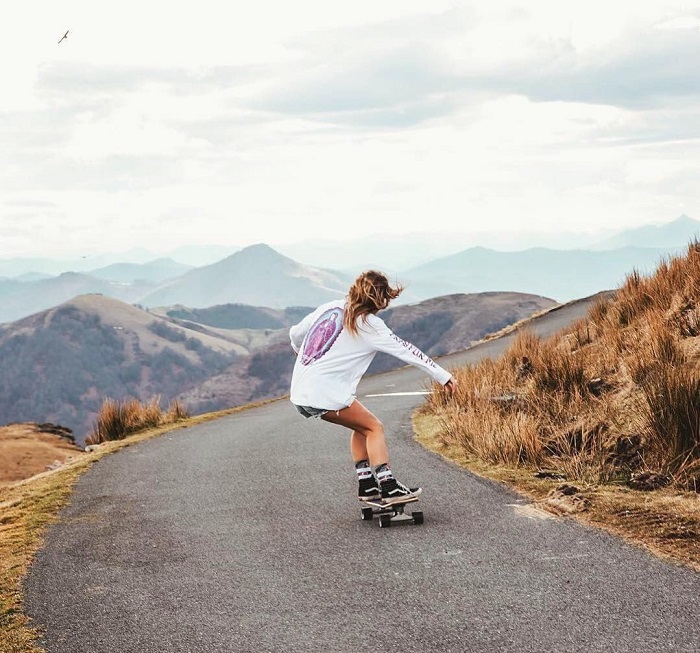
Cruising is a skate style that skaters ride for long periods of time without stopping or doing tricks. Skaters can cruise for a long commute or simply take a relaxing ride through the neighbourhood. Longboards and cruisers are ideal boards for this skate style, which typically occurs on the street and other bumpier terrains. These boards have a wide deck and wheelbase, allowing skaters to travel faster, longer, and with more control than normal skateboards.
Which Skateboard Is Best for Cruising?
The traditional cruser boards are possibly the most comfortable boards to cruise on. These decks are built with an extra-wide area between the trucks and wheels, giving skaters more room to move their feet while riding over bumps, cracks, and curbs. They also have a larger wheelbase than most cruisers, allowing them to hop over cracks and uneven terrain.
Installing trucks with a large wheelbase helps your cruiser travel farther and faster than normal skateboards because they’re less likely to flip over when going over an obstacle or hitting the pavement in the middle of your ride. It’s also easier to turn around on your board when you need to double back; just make sure you have enough momentum to stay in control when you’re turning back.
Useful Tips for Beginners

The best cruiser skateboard for cruising is one with a smooth ride, but you should also consider the type of streets you’ll be riding on because some are better suited for certain types of board.
Street grip. The main difference in cruser boards is that they have soft urethane wheels, while longboards have hard plastic or metal rims and wheels. Urethane wheels give cruisers more grip than metal ones because they don’t wear out as fast as hard ones do. A soft wheel also absorbs bumps better against cracks in sidewalks and does less damage when it hits them.
Wheel size. Most cruiser boards have a small wheel size between 62 mm and 84 mm (about 2 inches). Smaller wheels help a cruiser board glide smoothly over pavement, but you’ll still get enough grip to make turns and accelerate quickly. Larger wheels are great for cruising downhill or riding on rough terrain, but they can be harder to handle on smooth surfaces.
Choosing the right cruiser board depends on your experience and preference. If you’ve never ridden a board before, it’s safest to start with one that’s smaller than you’d typically ride, as long as it has a good grip, so you don’t slip off. If you’re comfortable using small wheels, choose a larger cruiser board to give yourself more control.
Safety Always Comes First
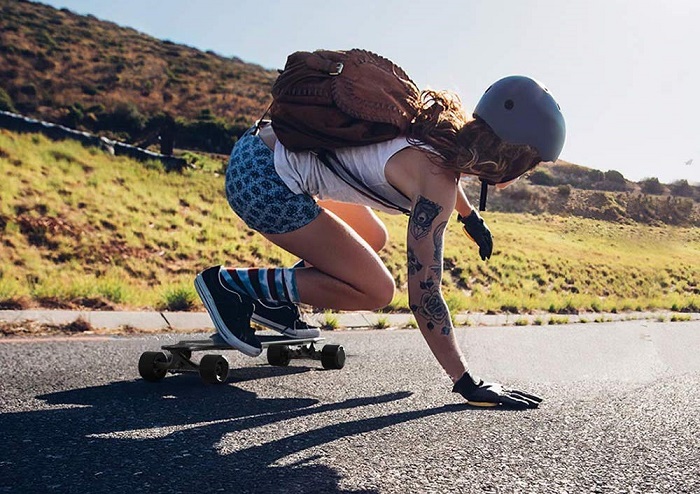
Skateboarding is a real physical risk, and if you’re not careful, you can get hurt. But this is not your usual run-of-the-mill physical risk. Your head and spine are the major parts of your body, so they are particularly vulnerable. It’s also important to protect your arms and legs, which are the parts that can get hit hardest.
This makes the right skateboarding gear important. A helmet will keep your head from being hit by pavement or railings; protective gear for your arms and legs will protect them from impact. It’s also important to make sure that the equipment fits well: a helmet with loose straps will be useless.
The Best Way to Learn How to Skateboard Is to Try It
What is the best way to practice? The best place to practice in cities with flat terrain is on sidewalks. There are no corners to turn, no stairs to go up and down, no bumps or holes that you have to avoid. So you can ride any time you want without having to worry about getting hurt.
In a city with rolling hills, it’s better to find a flat piece of ground where people don’t park their cars and walk. It’s harder to find a place with no cracks or holes in the pavement. But if you can do that, then practice on that spot. And if you can’t find a spot where there are none of those things, then wait until after the sun has set and ride in your driveway or parking lot or wherever else is empty but not dangerous.
To Sum Up
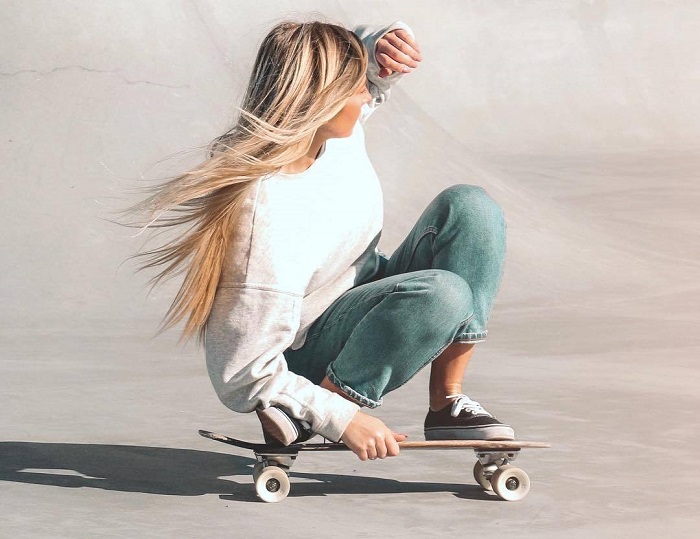
We’ve covered the main types of longboards, along with some key features to look for when choosing your board. Now it’s time to hit the streets and see how you feel cruising on your new board. Whether it’s your first time or your hundredth, there’s nothing that can compare to riding a new board around town, enjoying that smooth feeling beneath you as you glide down the streets. Just make sure you take those safety precautions so that everyone has a smooth ride down those city streets!

